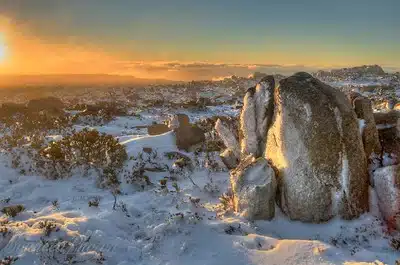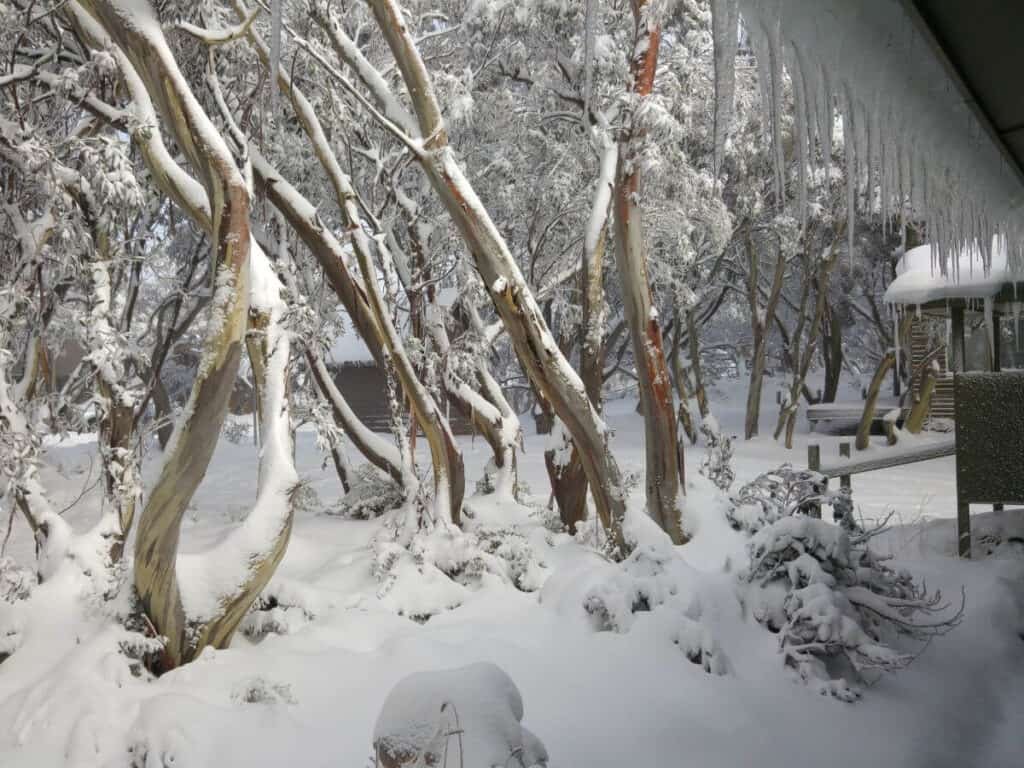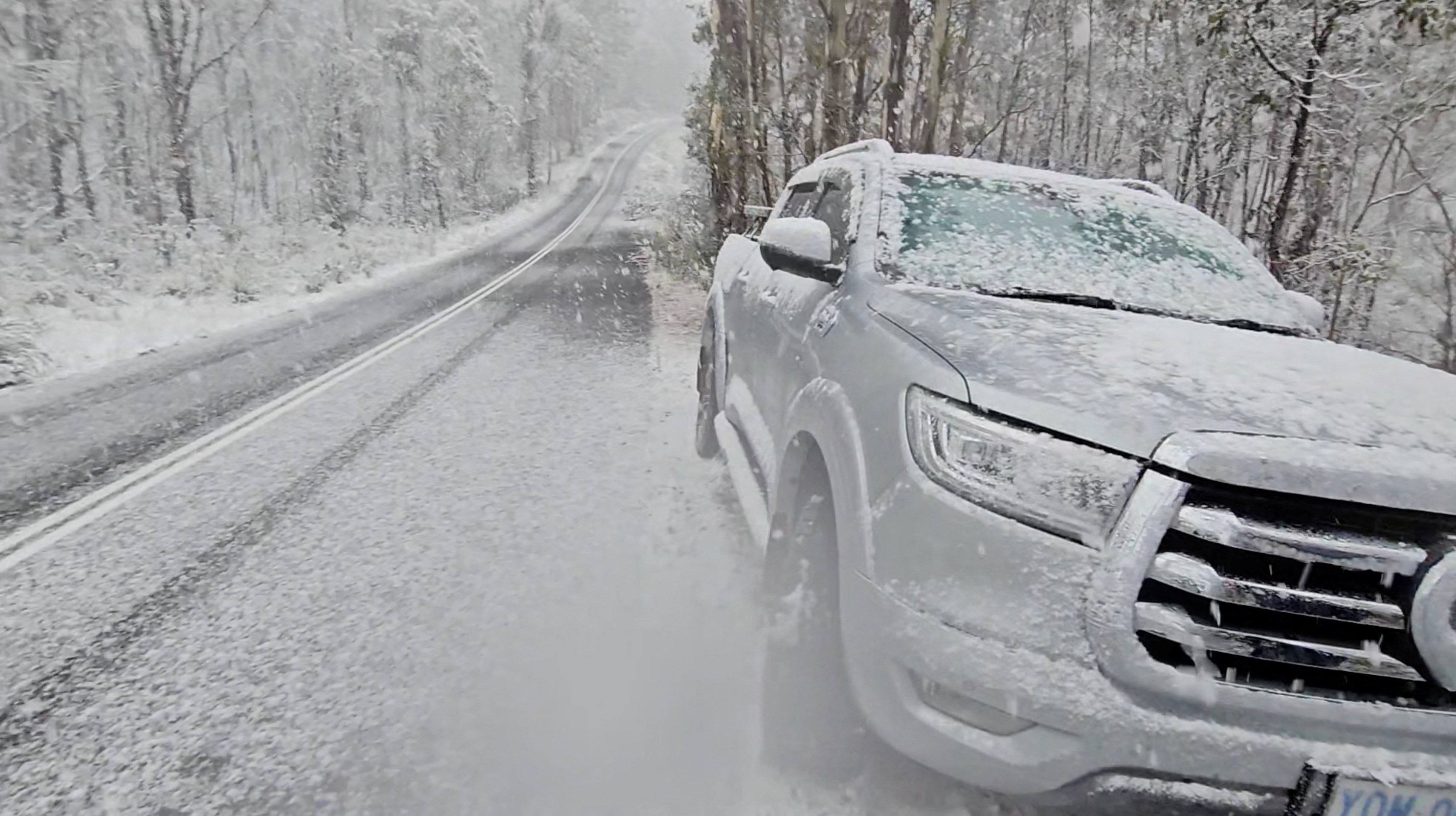Discover the Most Scenic Places to Experience Snow In Australia for a Breathtaking Winter Getaway
Discover the Most Scenic Places to Experience Snow In Australia for a Breathtaking Winter Getaway
Blog Article
Discover the Remarkable Impacts of Snow in Australia on Neighborhood Environments
Regardless of its reputation for sun-soaked landscapes, Australia additionally boasts areas blanketed by snow-- a phenomenon that greatly influences the nation's unique ecological communities. The shielding residential properties of snows safeguard vegetation and animals in the middle of the chilliest wintertimes, while the melting snow nurtures rivers and water life. The genuine marvel lies in how these wintry conditions shape the country's biodiversity and nutrient cycles. As we decipher this complex partnership, we locate ourselves walking on untouched premises in Australia's high country.
The Unforeseen Regions of Snowfall in Australia
Although Australia is often connected with sun-scorched landscapes and sandy beaches, specific areas remarkably experience snowfall. The high nation regions of New South Wales, Victoria, and Tasmania are especially understood for their winter season snow. The Snowy Hills in NSW, as an example, get bountiful seasonal snow, providing a stark comparison to the nation's regular warm, arid climate. On the other hand, the Victorian Alps and parts of Tasmania additionally see yearly snowfalls, changing the landscape into a wintertime heaven. These areas are not simply abnormalities but integral parts of Australia's varied environment system. The existence of snow in these regions significantly affects regional environments, subsequently affecting the nation's distinct biodiversity. The particular influence on Australia's distinctive flora will certainly be discussed in the next area.

Just How Snow Impacts Australia's One-of-a-kind Flora
These plants have actually progressed to make it through in severe conditions, with snow offering as a protective covering from freezing temperatures and harsh winds. The snow also contributes to the dampness content of the soil, supplying required hydration for plant life throughout the dry summertime months. In essence, the snow affects the timing of blooming and seed dispersal, the growth rates, and the survival of several plant types, showcasing the intricate interaction between climate and flora in Australia.

The Adaptations of Australian Animal to Snowfall
Simply as Australia's plants has adjusted to the wintery problems, the local fauna also, show amazing adjustments to the snowfall. Species like the Mountain Pygmy-possum, the only Australian marsupial known to hibernate, have developed techniques to make it through in snowy settings. It utilizes the snow as insulation, hibernating in rock holes underneath the snow to remain cozy. The Snow Skink, a species of reptile, changes its colour to white throughout winter season, supplying camouflage against predators. Birds such as the Snowy Mountains' Crimson Rosella also readjust their diet regimens to eat offered food sources throughout cooler periods. Thus, despite the severe conditions, Australian fauna demonstrates a durable and flexible nature, ensuring their survival in areas experiencing snowfall.
The Function of Snow fit Neighborhood Communities
In shaping the neighborhood ecological communities, the function of snow in Australia is both extensive and multilayered. Snow provides an essential water resource, feeding rivers and reservoirs as my website it melts, thus sustaining a variety of water life kinds. The existence of snow forms the plants patterns, pet behavior, and total sustainability of Australia's unique environments.

The Future of Snowfall in Australia: Ramifications and forecasts

Offered the essential duty snow plays in shaping neighborhood communities, the future of snowfall in Australia is attracting increasing attention from environmentalists and researchers. Existing environment designs anticipate a substantial reduction in snowfall because of global warming, with potentially profound influence on neighborhood environments. Much less snow could result in minimized water accessibility in alpine areas, negatively influencing wild animals habitats and plant. It might change the timing of seasonal check out here adjustments, interfering with the life cycles of many native types. The tourism industry, heavily reliant on the wintertime snow period, may likewise encounter substantial difficulties. Therefore, comprehending these predictions and their implications is important to develop efficient conservation methods, making certain the preservation of Australia's distinct biodiversity and the sustainability of its economic situation.
Conclusion
The role of snow in Australia's ecological communities is crucial yet usually forgotten. It functions as a protector, a nurturer, and a shaper of varied towering types, adding to the richness of Australia's high nation. As weather patterns remain to change, understanding the effects and possible transformations of these snow-influenced ecosystems is crucial. Therefore, the snow in Australia is much more than a natural phenomenon; it's an important player in the nation's environmental story.
In spite of its online reputation for sun-soaked landscapes, Australia also boasts regions buried by snow-- special info a phenomenon that exceptionally influences the nation's one-of-a-kind ecosystems. It makes use of the snow as insulation, hibernating in rock holes underneath the snow to remain cozy - Snow In Australia.In forming the neighborhood communities, the function of snow in Australia is both multilayered and profound. The presence of snow forms the plants patterns, pet behavior, and general sustainability of Australia's special ecosystems
Offered the important duty snow plays in forming local ecological communities, the future of snowfall in Australia is drawing enhancing interest from conservationists and researchers.
Report this page